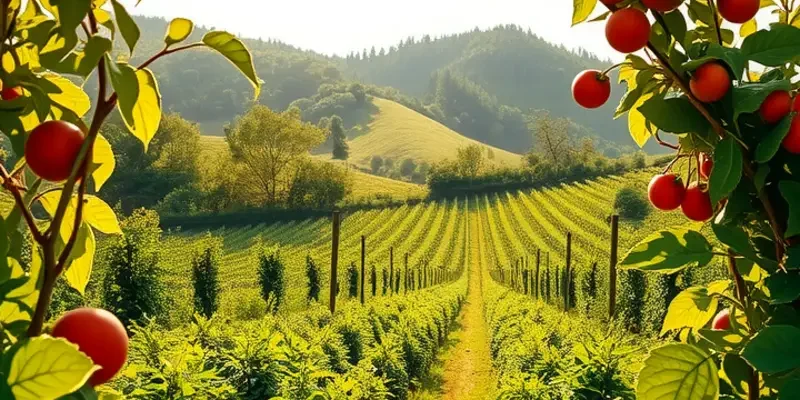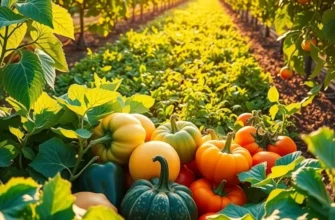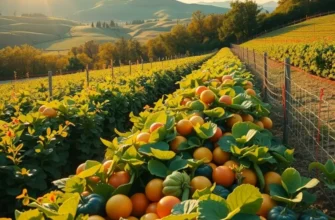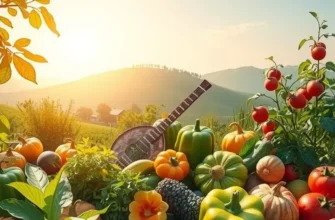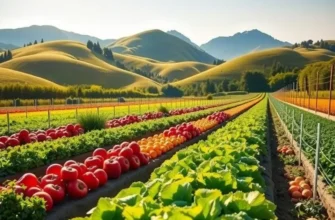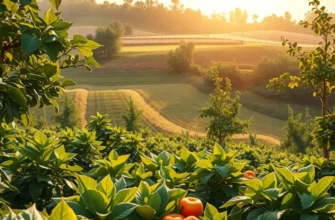Composting food scraps is a powerful way to reduce waste while nurturing the environment. Embracing this eco-friendly practice not only enriches your garden but also contributes to reducing landfill overflow. By composting, you become an integral part of creating a sustainable cycle that transforms organic waste into fertile soil. This guide will walk you through straightforward steps, tips, and encouragement to start composting effectively, ensuring you make a positive impact with every meal.
Composting Basics: Understanding the Process
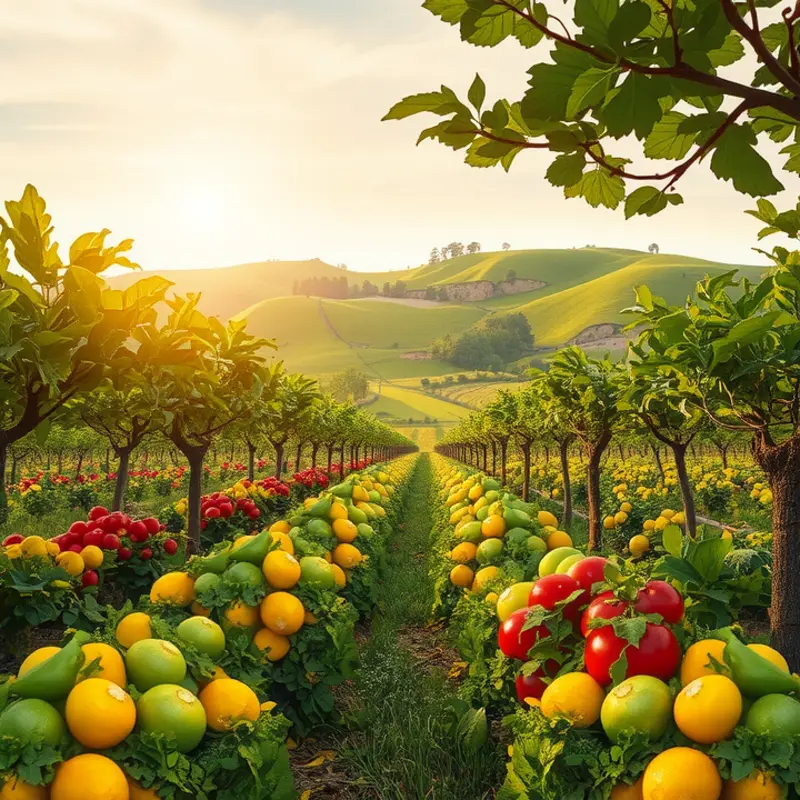
Composting transforms kitchen scraps and yard waste into nutrient-rich humus, enriching your garden and reducing landfill waste. At its core, composting relies on balancing “green” and “brown” materials.
Green materials are nitrogen-rich, crucial for microbial growth. These include fruit and vegetable scraps, coffee grounds, and grass clippings. On the other hand, brown materials provide carbon, acting as a food source for the microorganisms that break down the compost pile. Items like dry leaves, straw, and cardboard fall into this category.
Achieving the right balance of green to brown materials is key. A simple rule of thumb is to aim for a 2:1 ratio of brown to green. This ensures the pile remains aerated and limits unpleasant odors. Overloading with greens can lead to a soggy, odorous pile, while too many browns will slow the decomposition process.
The science of composting lies in the aerobic decomposition by microorganisms like bacteria and fungi. These organisms need warmth, moisture, and oxygen to thrive. Maintain a temperature between 135 to 160 degrees Fahrenheit to ensure efficient breakdown and pathogen control.
Turn your compost pile regularly to introduce oxygen, preventing it from becoming compacted and producing methane. Moisture is another critical aspect; think of a wrung-out sponge. Too dry, and the microorganisms will become dormant; too wet, and you’ll have anaerobic conditions.
Aside from temperature and moisture, particle size impacts the process. Smaller pieces decompose faster, so chopping or shredding larger items is beneficial. However, avoid using meat, oils, and dairy products; these can attract pests and slow decomposition.
As the composting process unfolds, the pile will shrink and turn dark like soil. This humus improves soil structure, water retention, and nutrient availability, fostering plant health. Moreover, by composting, you contribute to a sustainable cycle of nutrient return to the earth, reducing the need for chemical fertilizers.
For those seeking more sustainable kitchen practices, consider visiting Eco-smart Kitchen Storage for tips on minimizing waste and maximizing efficiency.
With these basics in mind, you can confidently manage a compost pile that benefits both your garden and the environment. Engage with the composting process and witness firsthand the transformation of everyday waste into a valuable resource for growing food.
Getting Started: Your Composting Journey
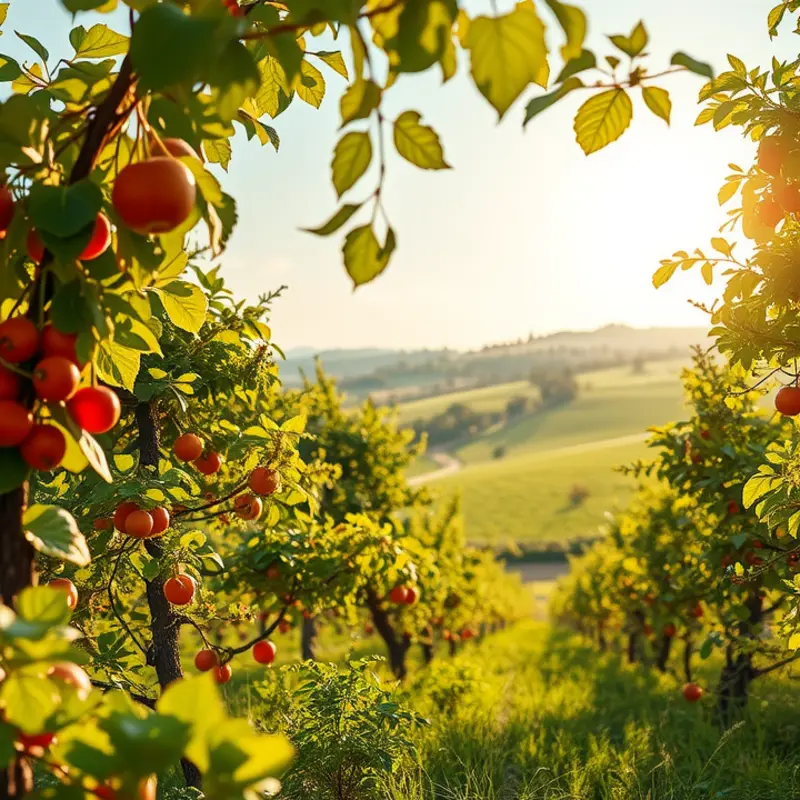
Embarking on a composting journey starts with choosing a system that fits your lifestyle and space. Whether you live in a sprawling home with a yard or a cozy apartment, composting can be tailored to suit your needs. Let’s delve into how you can make the best choice for your composting adventure.
Selecting a Compost Bin or Heap Method
For outdoor composting, traditional large bins or compost heaps work well if you have space. These bins accommodate greater volumes and a wide variety of organic waste. Opt for a compost tumbler if you prefer something with a lid and rotating handles, as it aids in aeration and quick decomposition.
Apartment dwellers or those with limited outdoor space might consider vermicomposting. This method uses worms to break down food waste efficiently and can be managed in small indoor bins. Alternatively, bokashi fermentation bins are another excellent choice for indoor composting, allowing pre-processing of compostables in a sealed system.
Choosing the Right Location
Location is key in composting success. An outdoor compost heap should be placed on level ground with good drainage. Choose a spot away from your house but easily accessible, with some sunlight for warmth, and in a spot sheltered from strong winds.
For indoor bins, find a well-ventilated area that maintains a stable temperature. If odors are a concern, you might place the bin beneath the sink or in a kitchen closet. Regular airing and turning of the compost will minimize any unwanted smells.
Navigating the Dos and Don’ts of Food Scraps
Understanding what to compost is crucial. As a general rule, aim for a balanced mix of ‘green’ (nitrogen-rich) and ‘brown’ (carbon-rich) materials. Green materials include vegetable peels, coffee grounds, and tea leaves. Browns are items like dried leaves, cardboard, and paper.
Avoid composting meat, dairy, and fats as they attract pests and create odors. Also, refrain from adding diseased plants, as pathogens can linger in the compost.
Tailoring Tips for Indoor and Outdoor Composting
Monitoring moisture levels is essential. A compost pile should be moist but not waterlogged. Too dry, and the microorganisms necessary for breakdown will go dormant; too wet, and you risk attracting pests.
Regularly turn your outdoor compost pile with a pitchfork or aerator to keep decomposition active. For indoor composting, adding shredded paper or sawdust can help absorb excess moisture, particularly in a bokashi system.
As you start your composting journey, consider how kitchen habits can support this sustainable practice. Implement strategies to reduce food waste in the kitchen for a holistic approach. You can explore tips on low-waste cooking to maximize your composting efforts here.
Embrace the process of composting as part of a larger commitment to environmental stewardship, knowing that each heap or bin you cultivate contributes to a greener tomorrow.
Final words
Composting food scraps is not only an eco-friendly choice but also a rewarding way to contribute to the health of your garden and the earth. By understanding the fundamentals and taking the steps to begin your composting journey, you are positioning yourself as a responsible consumer who actively participates in reducing waste and promoting sustainability. Each scrap composted brings you closer to a greener future, enriching not just your soil but also the planet for generations to come. Let every meal be an opportunity for positive change.

